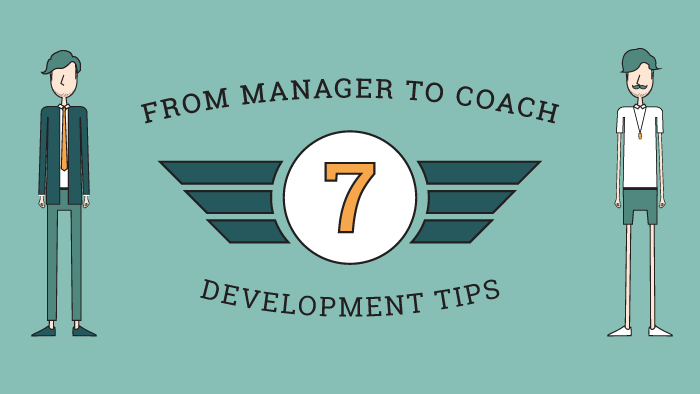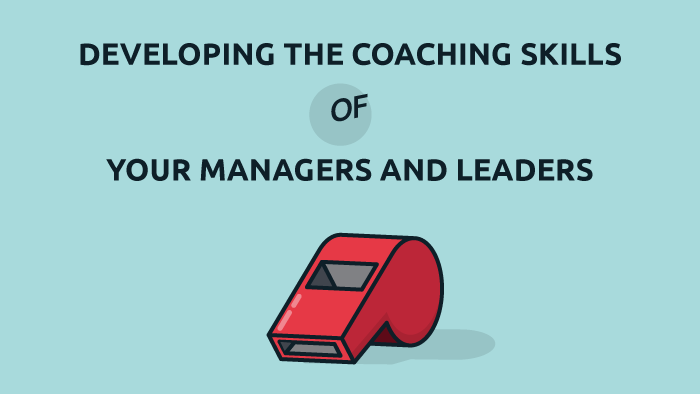Every company wants an engaged workforce. After all, the success of your company depends on the performance of the employees. But you can have productive employees who aren’t engaged. So how do you get high-performing, engaged employees?
Often companies jump to the idea that raises, gifts, or better benefits will make people more engaged and work harder, but that isn’t necessarily the case. Below we’re going to go over some techniques to mitigate roadblocks and spark stronger employee performance.
Benefits of improved employee performance include better morale, succession planning, increased employee retention, and greater employee autonomy.
Performance Factors
The following are factors that employees may be struggling with that could be affecting their performance:
- Clarifying expectations of the role
- Setting goals
- Discussing employee concerns
- Collaborating with others
- Career development
- Feedback
- Job satisfaction
Once you determine what is causing employees to underperform, you can address those issues with the following performance-enhancing techniques.
1. Create a More Productive Work Environment
If the employees in your organization seem lethargic, sloppy, or accident-prone, you will want to look at your work environment.
Here are some suggestions for improving your work environment:
Use bright colors and good lighting in the office, as well as quality furniture. These changes could greatly improve the mood of employees.
If employees are working from home, ensure they have a productive set-up. Do they have the tools they need to get their work done and a dedicated workspace? Some companies offer a stipend to employees to improve their remote working situation.
No matter what environment your work takes place: factory, field, office, or home, make sure safety is a priority. Use quality equipment for a safe workplace.
Encourage non-work activities throughout the day, like yoga, meditation, lunch break walks, company happy hour, etc. for improved mental health.
2. Encourage Clearer Communication
Clear and effective communication is essential for improving employee performance. Employees may not realize their performance is lacking without receiving feedback and specific action.
Managers with good communication skills can convey their ideas clearly, so that employees understand what their goals and priorities should be. In turn, employees should have good communication skills to bring up any concerns or questions with their management team.
BizLibrary offers communication training in The BizLibrary Collection, our award-winning online content library. Below you can view a sample communication course. In this lesson, viewers will learn the basic definition of communication and come to realize that communication attempts often go awry for various reasons. Learners will also discover solutions for common communication mistakes at work and become familiar with the 7 C’s of effective communication.
Click the play button to view a preview of “Improving Your Workplace Communication”:

Another great way to influence team communication is through weekly stand-up meetings.
To conduct these meetings, choose a recurring time that works for everyone on the departmental teams. Depending on the size of the team, these meetings could take 30-minutes or less. Whether this is in person or virtually, as everyone enters the meeting room you can banter about your weekend, the weather, or what’s on the dinner menu for your week, but try to start the meeting as close to on time as possible. Once the meeting starts, each team member should be called upon to communicate their perspectives regarding progress, deadlines, expectations, and resources regarding the projects they are working on.
3. Build Strong Work Relationships
Strong employee relationships have numerous benefits, like better communication, less burnout, and better retention. An engaged workforce also leads to increased performance.
In a series of studies, different industries see this success. For example, 95 similar car dealerships owned by different people were studied for six years. Multiple dimensions of culture and performance were looked at between sales and customer service. Researchers suspected that company culture would influence customer service and sales.
The results were stunning- an engaged culture marked by high levels of involvement, consistency, adaptability, and a transparent mission improved sales and customer satisfaction. Proving that if culture comes first, performance levels will follow.
Take a look at our articles on boosting morale and building camaraderie for ways you can improve your organization’s culture.
4. Manage Work Performance to Encourage Growth
Create time to have regular discussions with your employees, not just when you’re sensing an issue. If you have routine check-ins with them it may mitigate performance issues in the first place!
Having your managers conduct weekly or monthly recurring one-on-one meetings with their employees is a smart way to ensure growth conversations are routinely happening.
One-on-one meetings assist managers in understanding what their employees are having success with, struggling with, and how they want to grow professionally. These meetings help build trust between the manager and their employee and boosts employee engagement and productivity. Use this time to ensure expectations are clear from manager to employee and constructive and positive feedback is given.
Feedback could include setting goals. Whether the goals are short term or long-term performance goals help employees stay on track. It’s helpful to use the SMART acronym from SHRM to make sure goals are approached efficiently. Make sure the goals are: Specific, Measurable, Attainable, Relevant, and Timely.
Preview our Setting SMART Goals video lesson from our content library, here. This video lesson describes how to help employees learn the SMART criteria for setting and analyzing goals.

Once per quarter, try and schedule a one-on-one that is a bit more in-depth. This could include a skills assessment for the employee to complete and then talk about or it may include questions the manager could ask.
Questions managers can ask employees are:
- Is there anything you have found challenging lately?
- What is something you’re proud of?
- What is your greatest strength?
- What is your greatest weakness?
- What are your plans to improve in these weak areas?
- How can I better support you?
During this time, ensure the manager is recognizing employee wins; times when the employee showed growth or utilized their strengths.
Check out this free infographic to learn and share quick tips on coaching for managers!
5. Provide Continual Training Opportunities
Training is generally given the most attention when employees are first onboarded, but the training shouldn’t stop there. Ongoing training is essential in keeping employees engaged and motivated. Continual training allows employees to develop their skills and improve performance over time.
As a learning and development professional, you’re constantly looking for the most effective strategies to train and develop employees. Using a blend of different learning formats is a great way to continue training.
View this webinar to learn how utilizing a blended learning approach has helped boost the effectiveness of other organizations’ training programs and how it can positively impact yours!
6. Boost Employee Performance With Online Learning
As previously mentioned, learning needs to be an ongoing process. Utilizing elearning through a content library is one way you can continue your entire workforces’ learning no matter their role. BizLibrary offers a large, curated content library allowing users to benefit from both prescribed and exploratory learning.
Assign learning if employees are struggling with their role to ensure they have the tools necessary to succeed. Utilizing the content library’s assignment feature allows managers to assign courses to upskill employees and ensure they are compliant.
For exploratory learning, our library offers over 9,000 courses! New skills are available to be learned any time and are a great way for employees to take a break from tasks without pulling out their phones and aimlessly scrolling through social media.
Within an online learning platform like BizLibrary’s LMS, you can use pre-built reports and dashboards for a quick snapshot or deeper analysis of the most pertinent KPIs to your program. With Learning Insights, administrators can compare internal team performance, and the performance of your organization to other benchmark and peer organizations, to see how you stack up.
BizLibrary’s content library is great for improving the performance of managers and individual contributors. Take a look at our Coaching Crash Course. This six-part course is intended to give you a foundational understanding of what coaching is and how to effectively coach employees at every skill level.
Check out this preview from our Coaching Crash Course:

Implement the above techniques to improve the performance of the employees at your organization. By cultivating healthy relationships, having open communication, creating SMART goals, and providing ongoing training, employees will be empowered and motivated to achieve, grow, and succeed.


